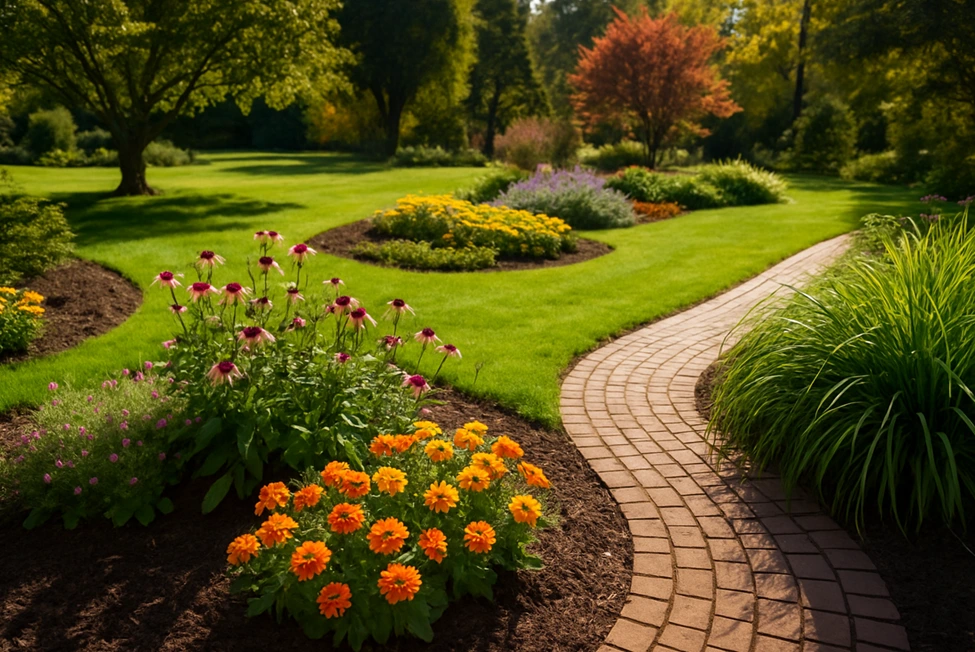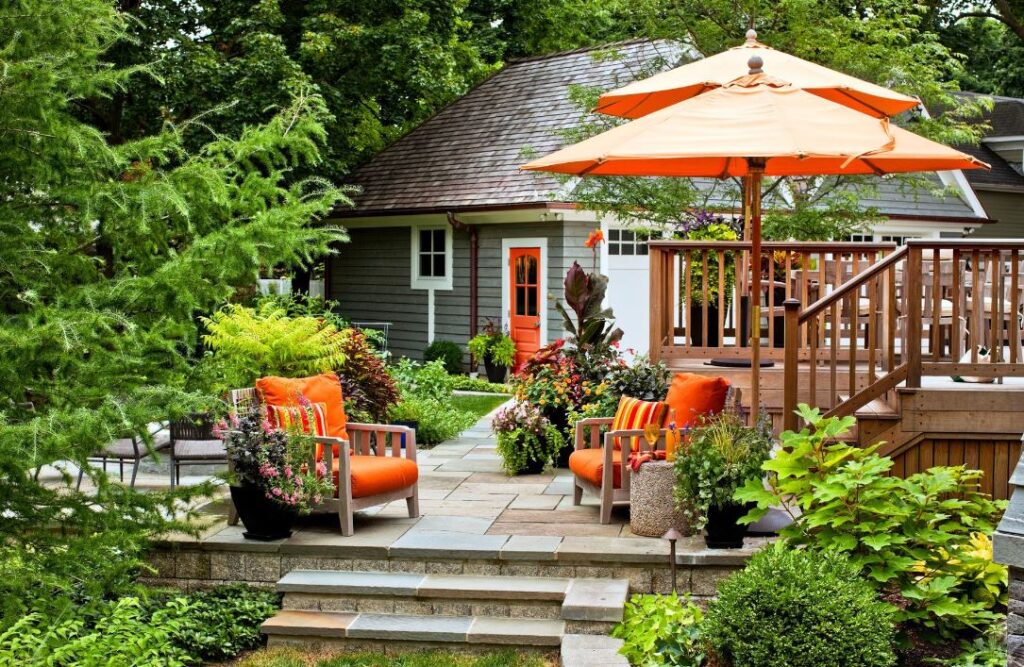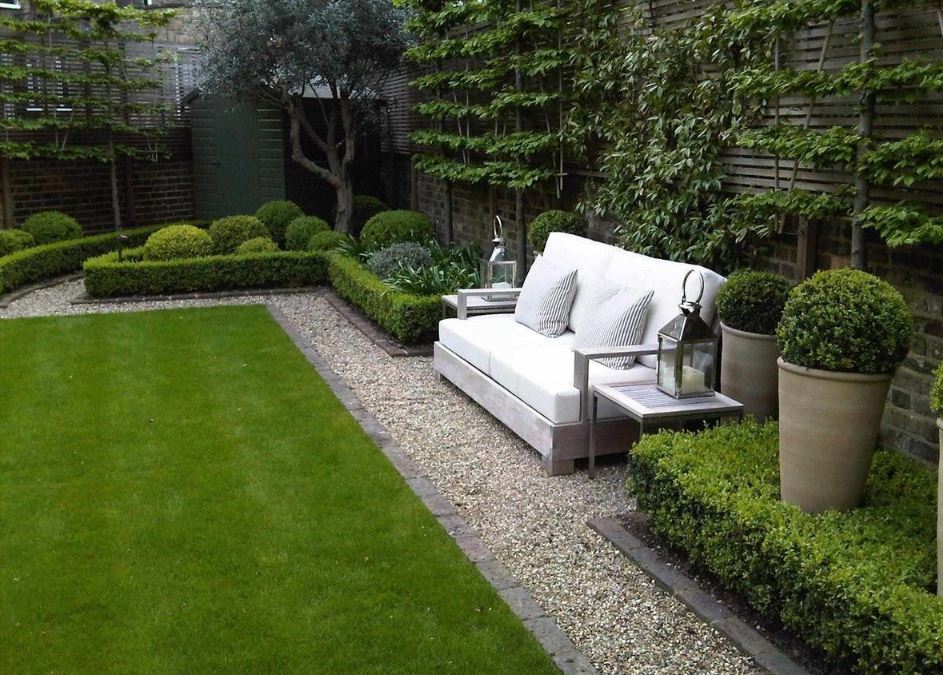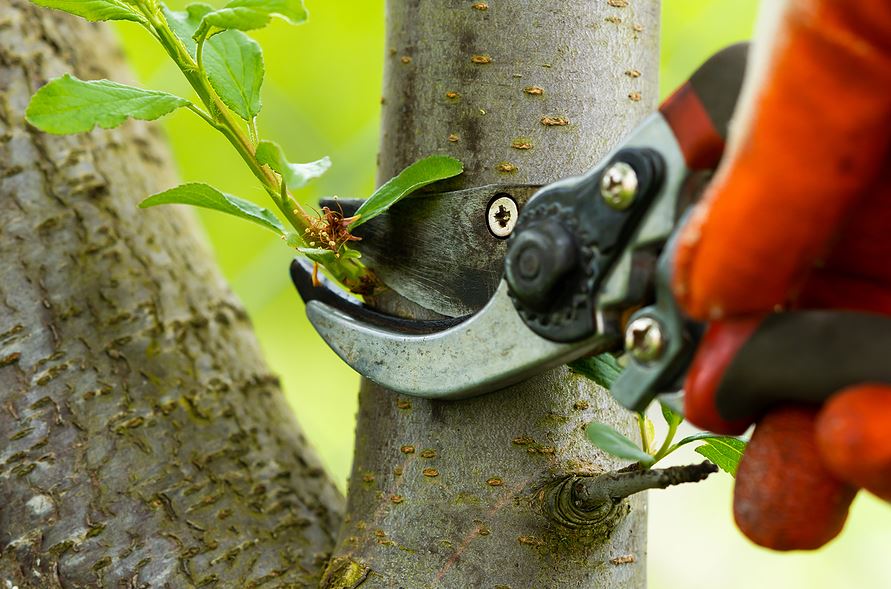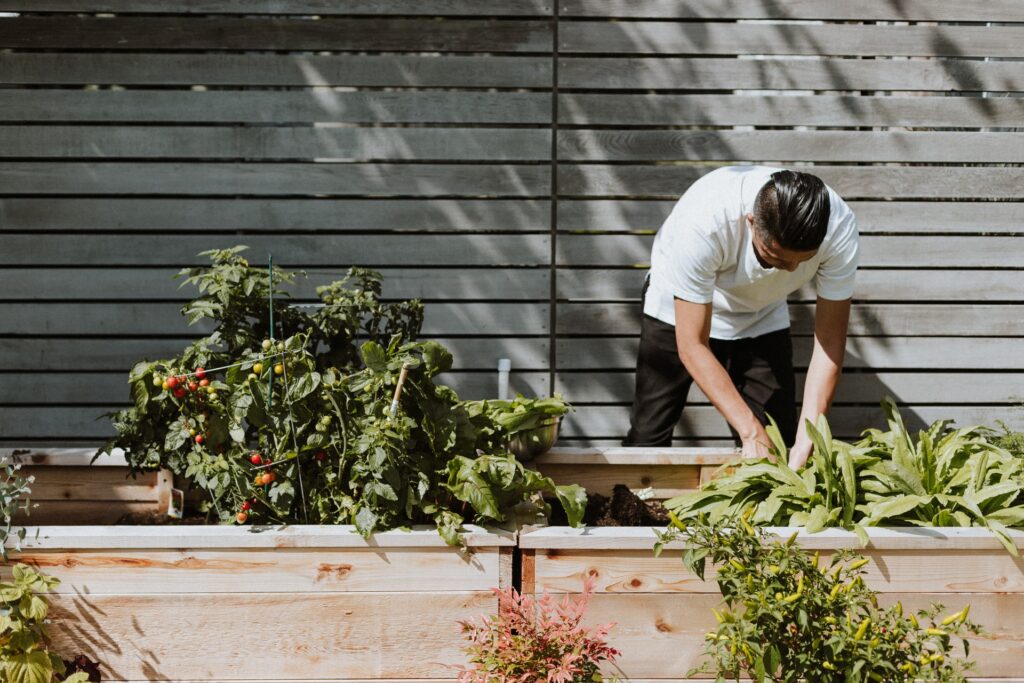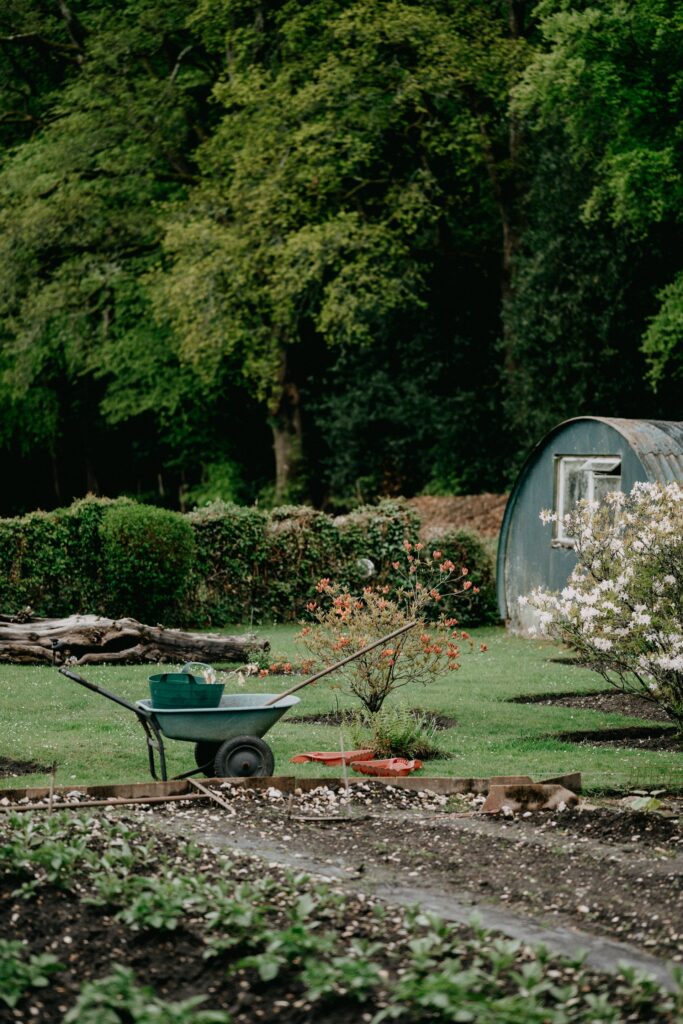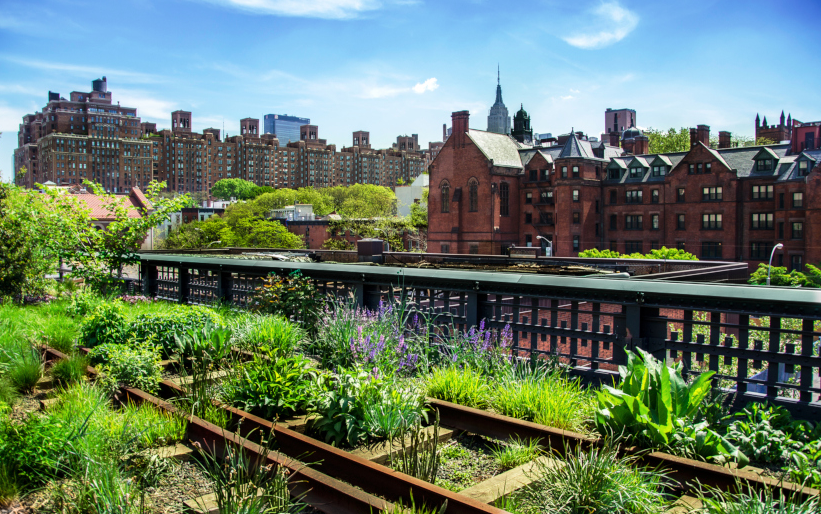How to Maintain Your Landscape After a Professional Makeover
A fresh landscape makeover can completely change the look and feel of your home. It brings color, shape, and structure to your outdoor space. But once the transformation is complete, proper maintenance becomes critical. Without consistent care, plants can wither, lawns can turn patchy, and hardscape features can lose their clean look.
Maintaining your landscape after a professional makeover is not complicated, but it does require a plan. Many homeowners expect new landscapes to stay beautiful without effort. In reality, the success of your outdoor space depends on simple routines, seasonal checks, and ongoing observation. Here’s how to take care of your new landscape and protect your investment.

Water Regularly, but Wisely
Watering is the most important part of landscape maintenance. Most plants need consistent moisture, especially during the first year after planting. This helps roots grow deep and strong. Avoid shallow watering, which encourages weak root systems. Instead, water less often but more deeply.
Check the soil before watering. Stick your finger about two inches into the ground. If it feels dry, it’s time to water. Use a drip irrigation system or a soaker hose to direct water to the roots. This reduces waste and keeps the leaves dry, which helps prevent disease.
During rainy weeks, reduce watering. During dry spells, increase it. Always adjust based on weather, soil type, and plant needs.
Trim and Prune with Purpose
New landscapes often include a mix of trees, shrubs, and flowering plants. These need pruning to stay healthy and attractive. Remove dead or diseased branches as soon as you spot them. This keeps plants strong and prevents problems from spreading.
Prune flowering plants after they bloom. This keeps their shape and encourages new growth. Trim shrubs to avoid overcrowding, which can block sunlight and airflow.
For trees, focus on removing lower branches that grow toward the trunk. This improves structure and allows more light to reach the ground. Always use clean, sharp tools, and avoid over-pruning, which can stress the plant.
Feed the Soil, Not Just the Plants
Fertilizing helps plants grow, but the key is healthy soil. Good soil holds moisture, provides nutrients, and supports strong roots. Start by adding compost once or twice a year. This improves texture and adds organic matter.
If your landscape includes a lawn, use a slow-release fertilizer in spring and fall. For garden beds, choose fertilizers based on plant types. Avoid using too much. Over-fertilizing can damage roots and pollute groundwater.
Test your soil every few years to check for nutrient levels and pH balance. This helps you know exactly what the soil needs.
Control Weeds Early and Often
Weeds compete with your plants for water and nutrients. They also spoil the clean look of your landscape. Pull weeds by hand as soon as you see them. It’s easier when the soil is moist.
Add mulch around trees and plants to prevent weed growth. Mulch also keeps the soil cool and holds moisture. Keep the mulch about two inches deep and avoid piling it against plant stems.
Do not wait for weeds to spread. A few minutes of weeding each week keeps your landscape neat and saves time later.
Watch for Pests and Disease
Healthy plants resist pests, but problems can still appear. Look for signs like yellow leaves, chewed edges, or sticky residue. Early detection is key.
Use natural pest control methods when possible. For example, ladybugs eat aphids, and neem oil works against many insects. If you need to use chemicals, choose ones that are safe for pets, people, and pollinators.
Keep your plants healthy through proper watering, spacing, and pruning. Stressed plants attract more pests, so prevention is always better than treatment.
Clean and Maintain Hardscape Features
Walkways, patios, and stone walls add structure to your yard. But they need upkeep too. Sweep debris regularly and wash surfaces with water and mild soap.
For wood features like decks or fences, inspect for cracks or rot. Seal or stain them once a year to protect from moisture and sun damage.
If your landscape includes lighting, check bulbs and wires monthly. Clean fixtures and replace broken parts right away. Functional lighting keeps your space safe and adds beauty after dark.
Adjust Your Care with the Seasons
Your landscape’s needs change with the seasons. In spring, focus on planting, feeding, and cleaning up after winter. Summer calls for regular watering and pest checks. In fall, trim back dead growth and prepare the soil for winter. During winter, protect delicate plants with covers and remove heavy snow from branches.
Plan your tasks ahead of each season. This makes it easier to stay on track and avoid last-minute work.
Inspect Your Landscape Weekly
A short walk through your yard once a week helps you spot problems early. Look at plant color, leaf shape, and soil moisture. Notice any signs of stress or disease.
This habit helps you learn what’s normal in your landscape. When something changes, you’ll see it quickly and respond before damage spreads.
A professional landscape makeover adds beauty and value to your home. But the real value comes from keeping that space healthy and clean. By watering deeply, pruning properly, feeding the soil, and staying alert to weeds and pests, you can protect your investment.
Maintaining your new landscape does not require advanced skills. It only takes attention, consistency, and basic knowledge. With regular care, your yard will stay green, clean, and beautiful for years to come.…
